OnePlus 9 Pro Review: Is It a Galaxy Killer?
The OnePlus 9 Pro aims to be the ultimate Android flagship of 2021 and take on the likes of the Galaxy S21 Ultra and iPhone 12 Pro Max. But it's not quite there.
- Brand: OnePlus
- Storage: 128GB
- CPU: Snapdragon 888
- Memory: 8GB
- Operating System: OxygenOS 11 (based on Android 11)
- Battery: 4500mAh, 65W Warp Charging
- Ports: USB-C
- Camera (Rear, Front): Quad camera: Primary 48MP f/1.8 with OIS, 50MP f/2.2 ulta-wide, 8MP 3.3x telephoto, 2MP monochrome
- Display (Size, Resolution): 6.7-inch QHD+ 120Hz Fluid AMOLED
- 65W fast wired Charging
- Excellent 120Hz AMOLED display
- Excellent performance
- No bloatware
- Below-par front camera
- OxygenOS is buggy
- Rear camera has room for improvement
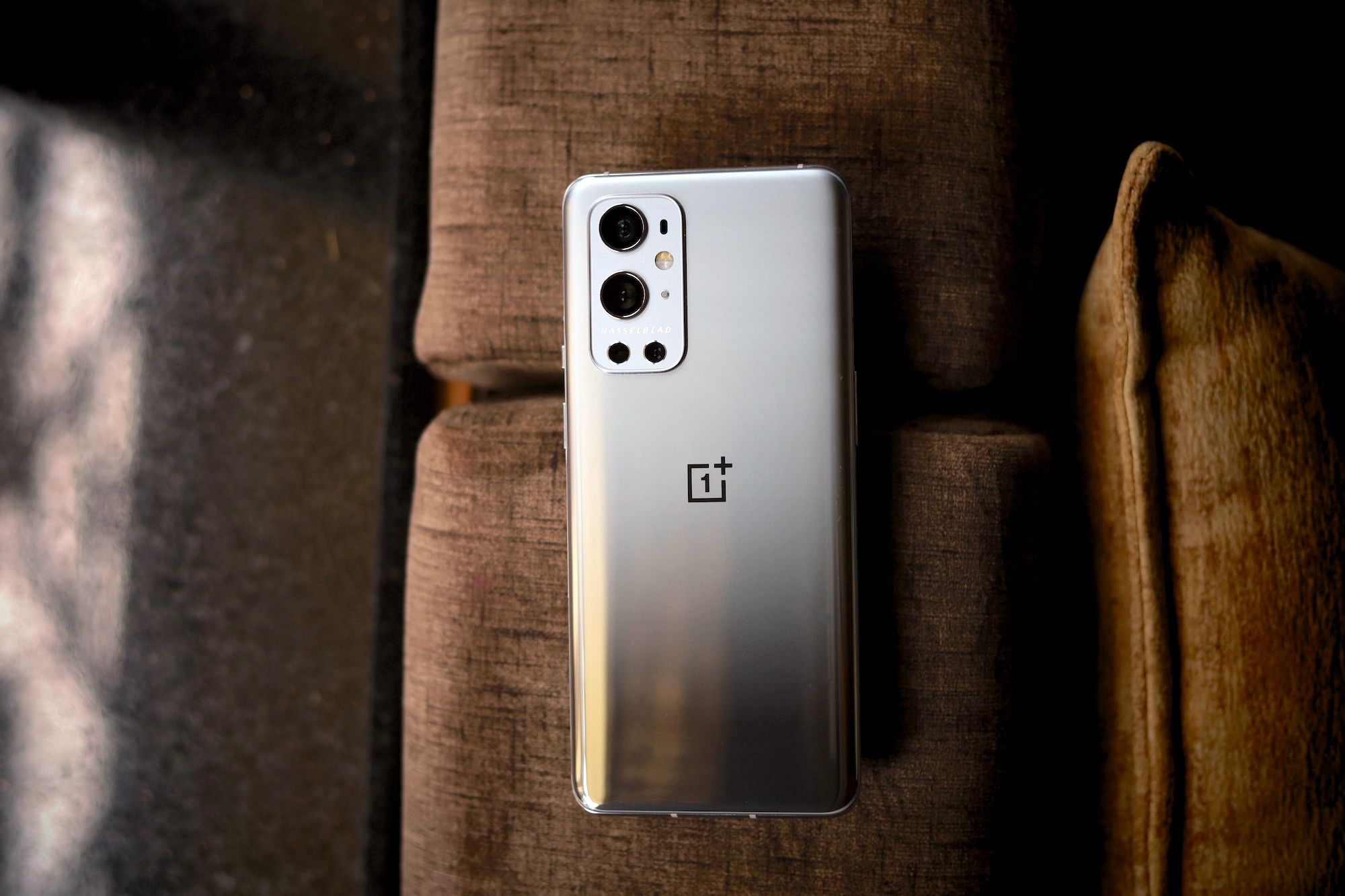
OnePlus has managed to release impressive premium smartphones every year since its inception. However, every year, OnePlus phones have fallen short of the competition in the camera department, despite the company making notable improvements. With the OnePlus 9 Pro this year, it doesn't just want to catch up to its competition but leapfrog them entirely.
The OnePlus 9 Pro features an impressive camera array at the rear, along with the prestigious Hasselblad branding. The company says it has worked closely with Hasselblad to tune the OnePlus 9 Pro's camera.
It can go head to head with Samsung's Galaxy S21 Ultra and the iPhone 12 Pro Max in other departments as well. It's an all-out flagship in every way—and priced accordingly.
OnePlus 9 Pro Design and Display
The OnePlus 9 Pro features an aluminum chassis with curved glass panels at the front and rear. The chassis itself has a slight curve to help with in-hand ergonomics. With a 6.7-inch 120Hz AMOLED display at the front, the OnePlus 9 Pro is not a compact device by any means.

Unlike the OnePlus 8 Pro from last year though, OnePlus has managed to distribute the weight evenly this time around, ensuring that the OnePlus 9 Pro is not unwieldy to use with one hand. The device also features an IP68 certification which makes it dust and water-resistant.
While the display is curved, the curvature has been reduced from last year's OnePlus 8 Pro. I am not a fan of curved displays as they affect one-hand typing, but the edge rejection system on the OnePlus 9 Pro is excellent.
The actual quality of the 6.7-inch display on the OnePlus 9 Pro is excellent. This is a QHD+ 120Hz panel with a dynamic refresh rate. It has great viewing angles, colors, contrast, and with a rated brightness of 1,300 nits, it can get plenty bright as well.
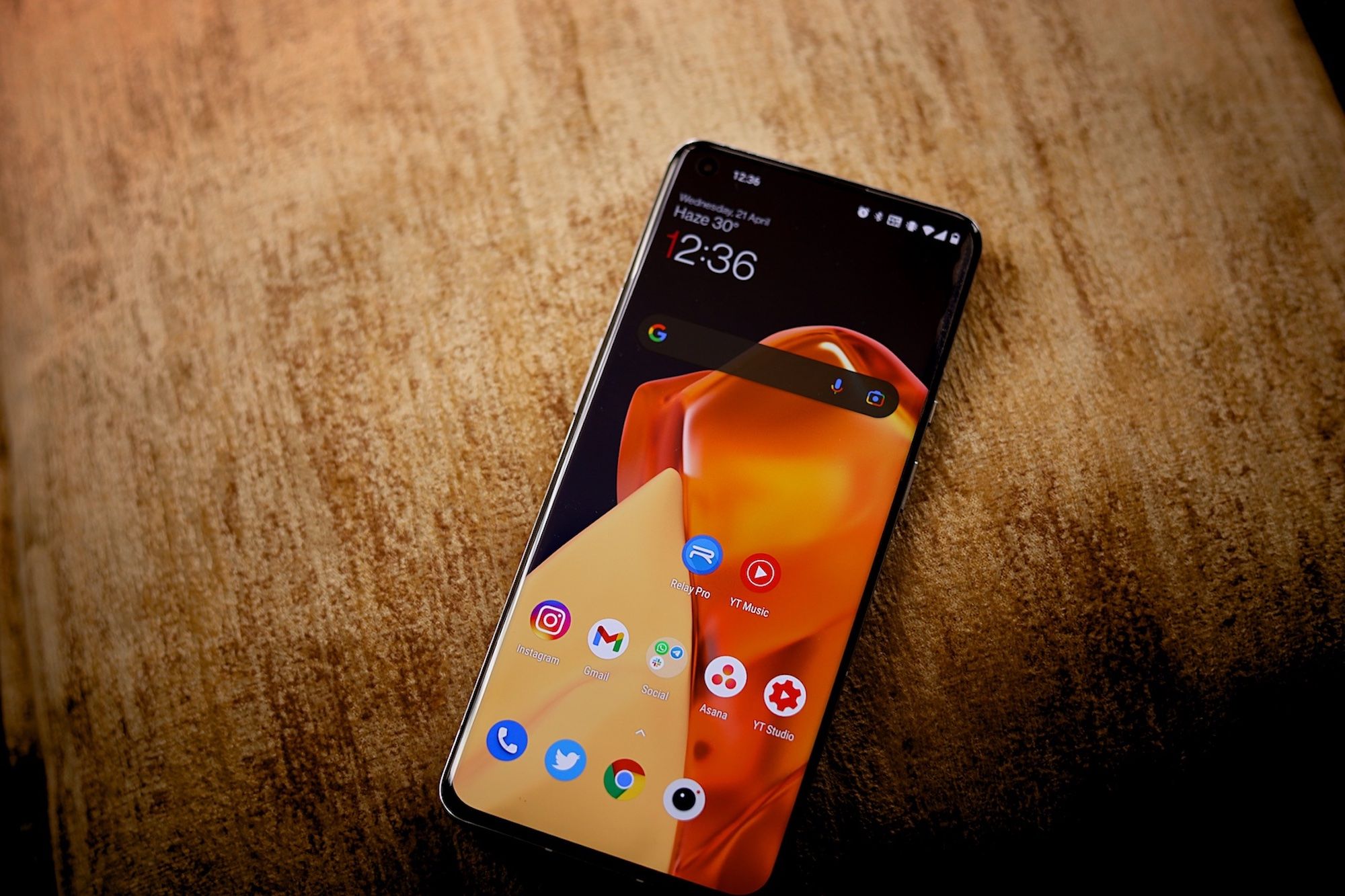
Out of the box, the OnePlus 9 Pro's is set to run at FHD+ resolution to preserve battery life. I barely noticed a difference in sharpness after switching the resolution to QHD+. There's also an always-on display, which you can customize with different clock faces.
The OnePlus 9 Pro features stereo speakers, with one speaker located at the bottom and another hidden inside the earpiece. The stereo speaker setup can definitely get loud, but the quality isn't quite as good as those found on the iPhone 12 or Galaxy S21 series.
The haptic feedback on the OnePlus 9 Pro is also good. Again, it might not be as good as on the iPhone 12, but the vibration motor can provide good feedback and it's better than many other premium Android flagships.
The volume buttons are located on the left edge of the OnePlus 9 Pro, with the power button and Alert Slider on the right. The power button is located right on the opposite edge of the volume buttons. There were many scenarios where I ended up pressing the power button when I wanted to press the volume button or vice versa.
My one major gripe with the OnePlus 9 Pro's design is the location of the in-display fingerprint scanner. For a device with a 6.7-inch display, the fingerprint scanner is located extremely low. This makes reaching it quite a task and can get annoying, especially when using the phone with one hand.
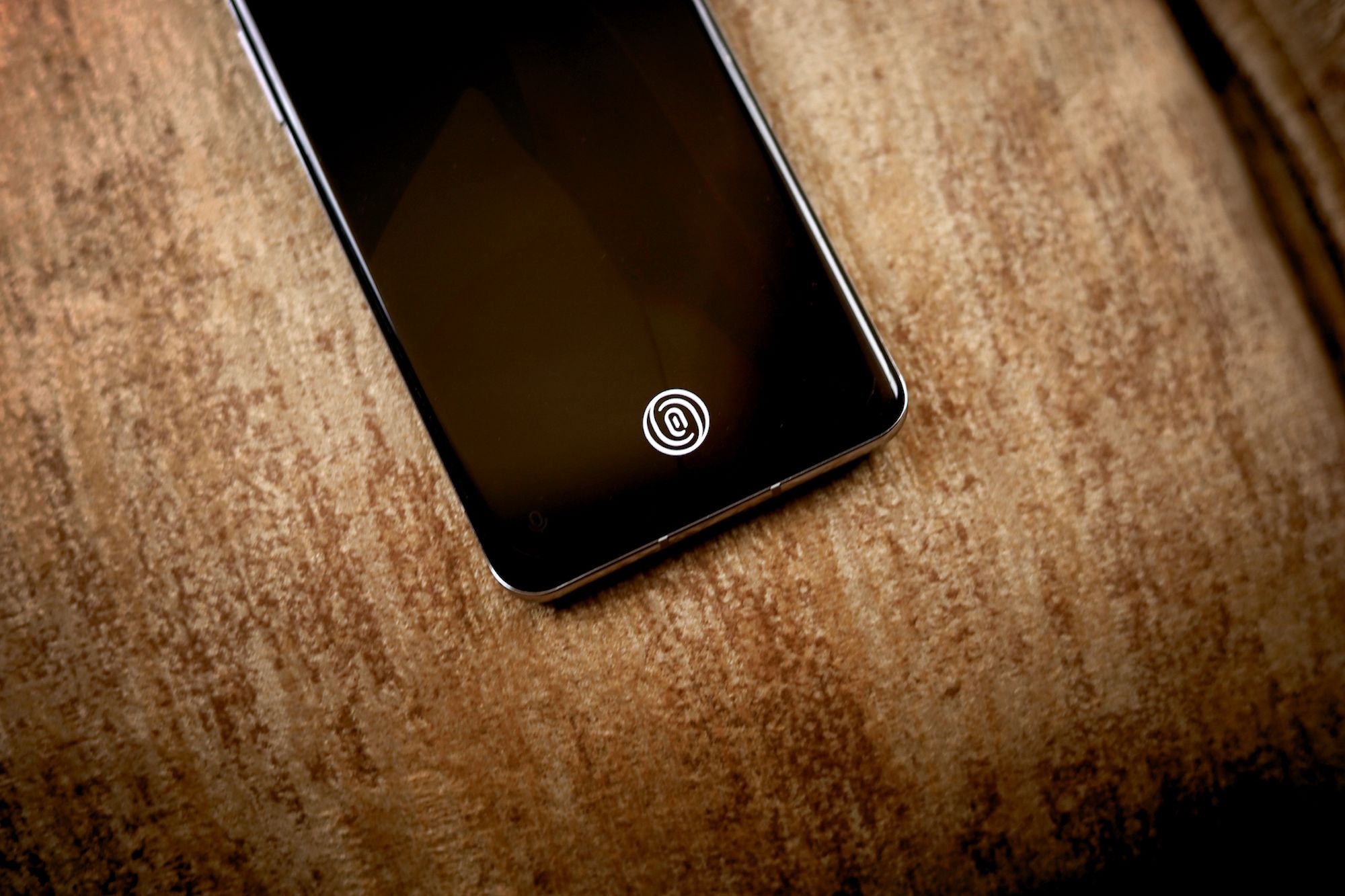
OnePlus 9 Pro Camera
On paper, the OnePlus 9 Pro features an impressive quad-camera setup. There's a 1/1.43" 48MP Sony IMX789 sensor with OIS and an f/1.8 aperture. The 50MP ultra-wide sensor is particularly impressive, with OnePlus using the Sony IMX766 sensor and an f/2.2 lens. It also features a freeform lens to ensure there's no distortion at the edges, which is usually associated with ultra-wide cameras.
The 50MP ultra-wide camera also acts as a super macro shooter. The camera can automatically switch to Super Macro mode when you get too close to a subject. Since this is a 50MP sensor, the super macro photos come out very impressive with plenty of details. What's irritating is that when you try and scan a QR code or get too close to a subject, the Super Macro mode automatically enables itself.
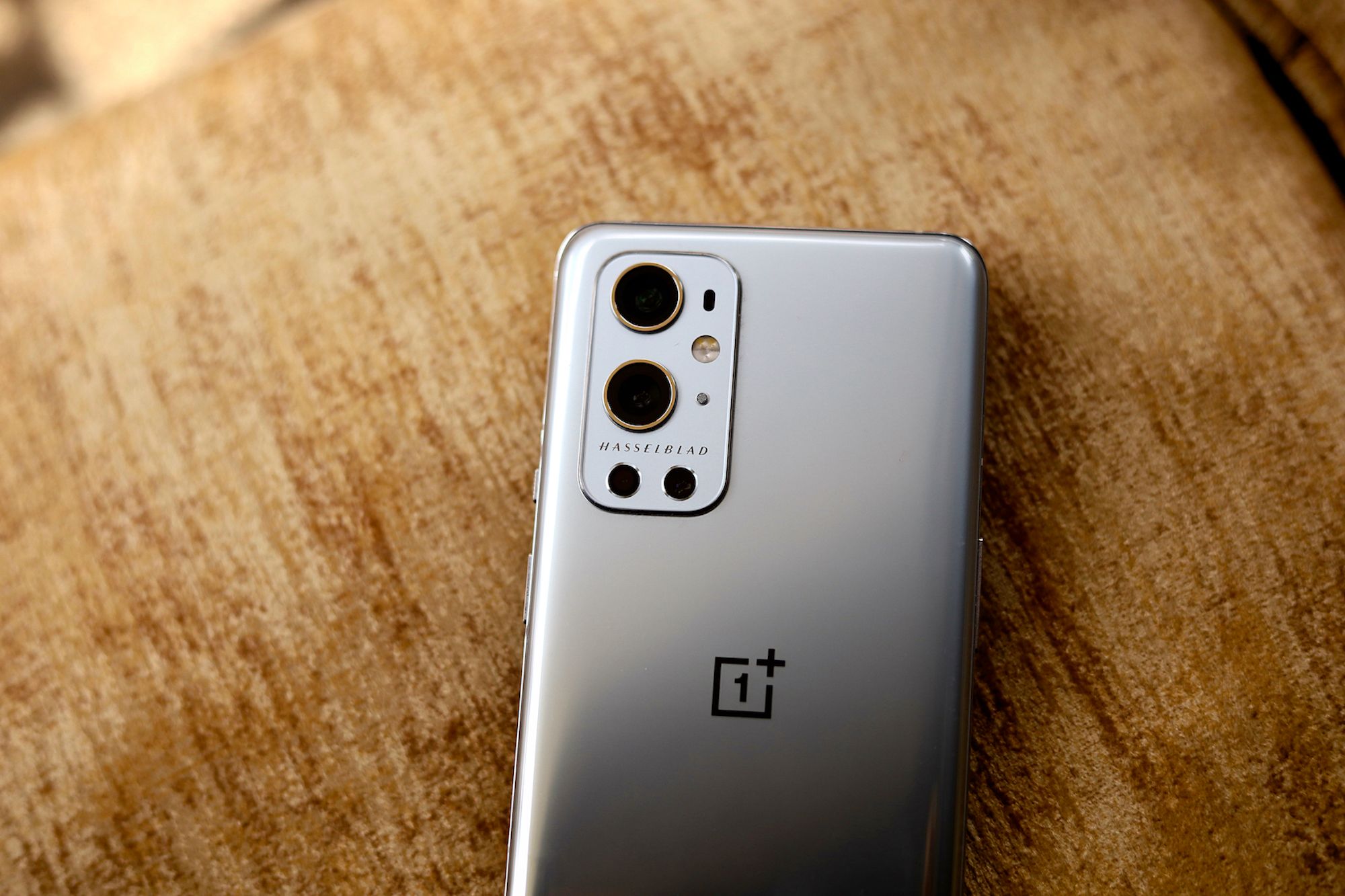
OnePlus has heavily focused on the camera of the OnePlus 9 Pro this year and had hyped it up before its release as well. The camera module at the rear carries the prestigious Hasselblad branding, with both companies working closely to tune the colors on the OnePlus 9 Pro.
Photos taken from the OnePlus 9 Pro are impressive, with plenty of details. The ultra-wide camera is even more impressive and can take photos with great dynamic range and details. There's also very little difference in terms of picture quality and colors between the two main cameras here. In particular, I was very impressed with the amount of details low-light shots.
However, the colors in the OnePlus 9 Pro's photos tend to be on the cooler side and not as boosted as what you will see on a Samsung phone, which might not be to everyone's liking. Additionally, there's room for improvement in the low-light photos and OnePlus still needs to work on managing noise in such scenarios.
Another major gripe with the OnePlus 9 Pro's camera is how it processes photos. The preview of the photo that I get after I press the shutter button is different from the photo saved in the gallery. The photo in the gallery is almost always of a few milliseconds later. This likely has to do something with the company's multi-stack image processing. Whatever be the issue, it should not exist on a smartphone that heavily hypes its camera performance.
The front 16MP selfie shooter on the OnePlus 9 Pro is below average. Since it lacks autofocus, selfies taken from the phone do not always come out sharp, and they lack details. This is even more evident when taking photos in indoor or low-light situations. To make matters worse, there's no Night mode support for the front camera.
In video recording, the front camera fares even worse. It is limited to recording videos in Full HD resolution at 60fps. The field of view is also extremely tight in this mode. For a flagship phone, the OnePlus 9 Pro's selfie camera performance leaves a lot to be desired.
For a phone with a Snapdragon 888 chipset and 12GB RAM, you'd expect the OnePlus 9 Pro will not have any issues when switching between its various camera lenses. However, that's not the case, as while in video mode, switching between the primary and ultra-wide camera on the OnePlus 9 Pro leads to a lot of lag and stutter. Worse, this stutter is visible in the video that you record as well.
The 8MP telephoto camera on the OnePlus 9 Pro is also below par. It can take somewhat respectable shots in daylight, but it's best not to use it indoors or in challenging lighting conditions. As for the 2MP monochrome camera, the less said about it the better as it is barely of any use.
I am also not too impressed with the video recording capabilities of the OnePlus 9 Pro either. Full HD videos came out looking pixelated, though 4K videos fared a tad bit better. As for 8K videos, there's a lot of room for improvement here.
Overall, the OnePlus 9 Pro has a respectable camera system, but it falls flat thanks to OnePlus itself. The company unnecessarily hyped up the phone's camera system and the Hasselblad partnership before its launch, thereby increasing one's expectations. If the camera experience is something that you value the most in your phone, the iPhone 12 or the Galaxy S21 will be a better choice.
OnePlus 9 Pro Performance and Battery Life
The OnePlus 9 Pro packs Qualcomm's 5nm-based Snapdragon 888 chip, up to 12GB RAM, and 256GB storage. The variant I am using features 8GB RAM and 128GB storage. That's still more than enough RAM for a flagship Android smartphone.
I had 12-15+ apps open on my OnePlus 9 Pro, and the phone never stuttered or skipped a frame. OnePlus knows how to optimize its devices for performance, and the OnePlus 9 Pro is no different. The company has also increased the speed of the system animations, which further helps with the device feeling fast when navigating around the system and launching apps.
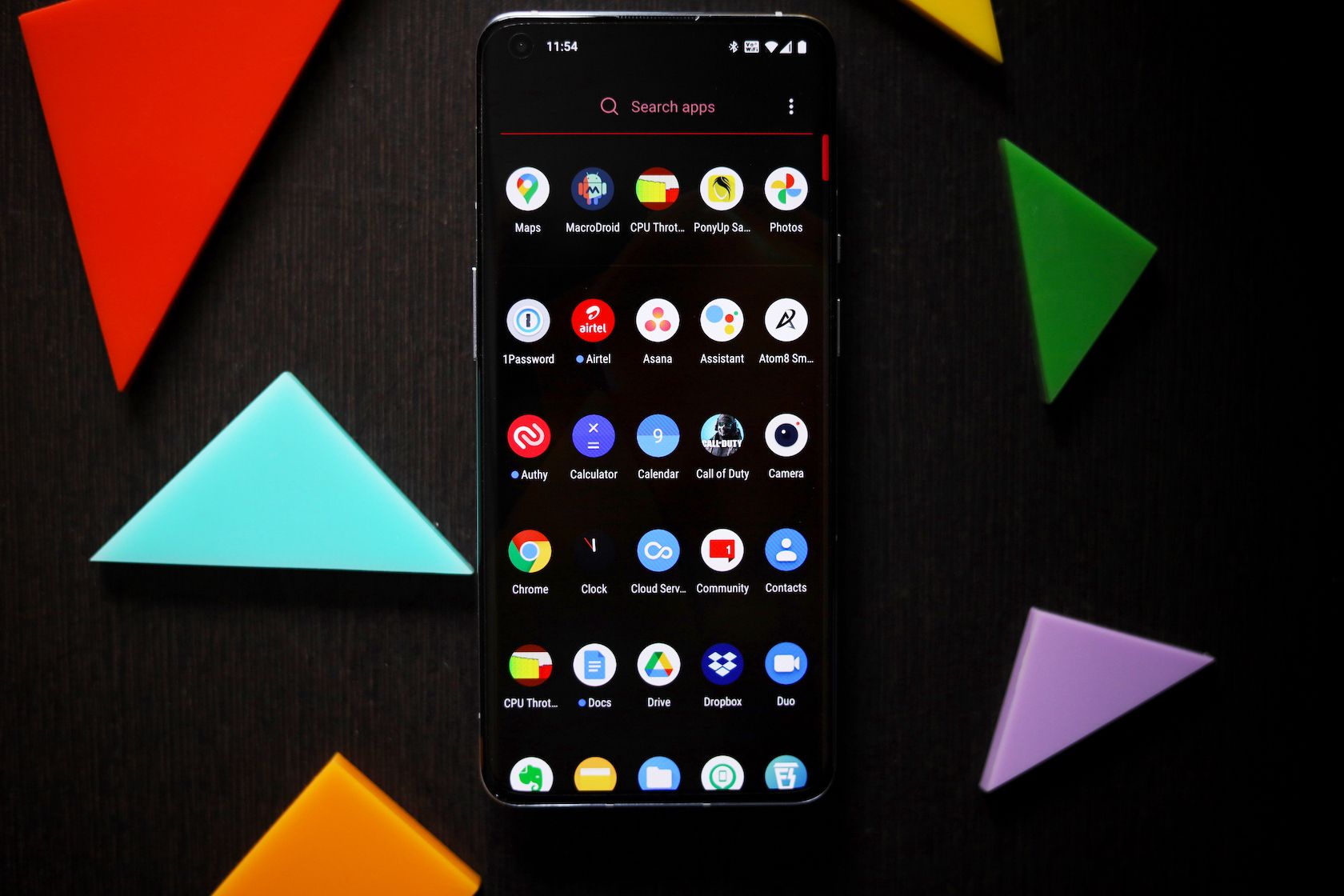
I did face extreme overheating issues on my OnePlus 9 Pro when I initially got it. The device used to get unusually hot after using the camera for even a couple of minutes. OnePlus solved this issue for good with an OxygenOS update, though. However, compared to Snapdragon 865 phones from 2020, the OnePlus 9 Pro does tend to get a bit too warm.
After the update, I ran a 15 minutes CPU stress test on the OnePlus 9 Pro. While the phone got hot and throttled its performance, it was nothing out of the ordinary.
Despite packing so much RAM, OxygenOS on the OnePlus 9 Pro is extremely aggressive in hibernating background apps. This affects the functionality of many apps and even leads to delayed notifications. I have had my WhatsApp and Gmail notifications delayed by over 10-15 minutes consistently, which leads to a poor and frustrating user experience.
The 4,500mAh battery inside the OnePlus 9 Pro is good enough to power the device for a day of moderate to heavy use. The phone consistently offered around 4-4.5 hours of screen-on time in my usage and had around 15-20% still left in the tank at the end of the day.
I won't call this excellent battery life, but OnePlus does make up for the above-average battery life by offering extremely fast charging speeds on the OnePlus 9 Pro. Using the bundled Warp Charger and cable, the OnePlus 9 Pro can charge from 0-100% in just 29 minutes. A 0-50% charge takes a mere 15 minutes.
While smartphones are now coming with 25W+ fast charging speeds, the OnePlus 9 Pro and its Warp Charge 65T technology are at a different level altogether. Warp Charge has changed the way I charge my phone. I now know that even a 5-10 minute charge will be enough to ensure the phone lasts for a few additional hours. As a bonus, the Warp Charge 65T charger also supports USB-PD and can charge other devices at up to 45W speeds.
The OnePlus 9 Pro also supports 50W wireless charging. However, for this, one will need to use the proprietary OnePlus wireless charger, which will charge the phone to full in just 43 minutes. I used a normal Qi wireless charger, and while slow, the device charged just fine.
OnePlus 9 Pro Software
The OnePlus 9 Pro runs on OxygenOS 11, which is based on Android 11. OxygenOS looks close to stock Android but comes with additional customization options and features. The phone has an always-on display, which one can customize to their liking. You also have the ability to change the system accent colors, system font, icon pack, and more.
OnePlus has added a Hyper Touch feature for gamers, which claims to improve the touch response and frame rate stability in compatible games. Then there's ultra-high video resolution that will automatically improve video clarity in selected apps like Instagram using AI.
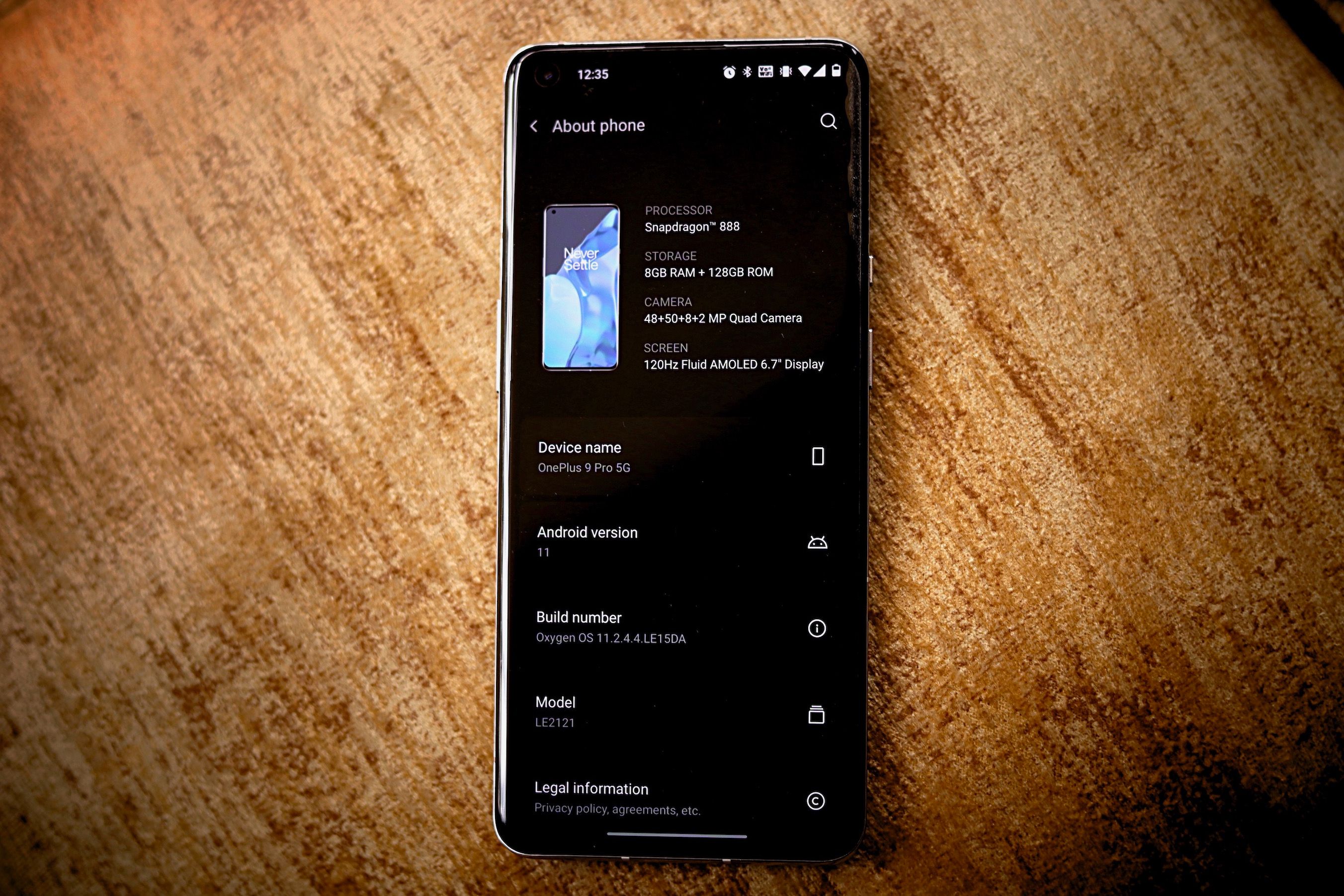
When I first started using the OnePlus 9 Pro, I loved the experience offered by OxygenOS. However, over time, I realized the sheer number of bugs in the OS. The problem is that this same story has played out whenever a new OnePlus phone comes out. I encountered several bugs on the OnePlus 8 Pro last year as well.
Apart from the delayed notification that I noted above, the camera app on the OnePlus 9 Pro tends to take its own time to open after a few days of use. The aggressive memory management of OxygenOS tends to interfere with WhatsApp web. It also keeps showing a low battery notification despite my OnePlus 9 Pro having well over 80% charge.
OnePlus will eventually get around to fixing some of these bugs, but the company also tends to add new bugs with every major new update.
OnePlus has not detailed its software update policy for the OnePlus 9 Pro. While this was less of an issue when the company was selling "flagship killers," the market is no longer the same.
Samsung has really upped its game and is now offering three OS updates and four years of security updates for its mid-range and flagship Galaxy devices. There's no clarity if OnePlus will also support the OnePlus 9 Pro for a similar timeframe or not. Nor does OnePlus roll out monthly security updates for its devices, something Samsung has been doing for its Galaxy line.
When you buy a premium smartphone, you expect to get a superior software experience and update timeframe. As things stand right now, the OnePlus 9 Pro fails on this front.
Should You Buy the OnePlus 9 Pro?
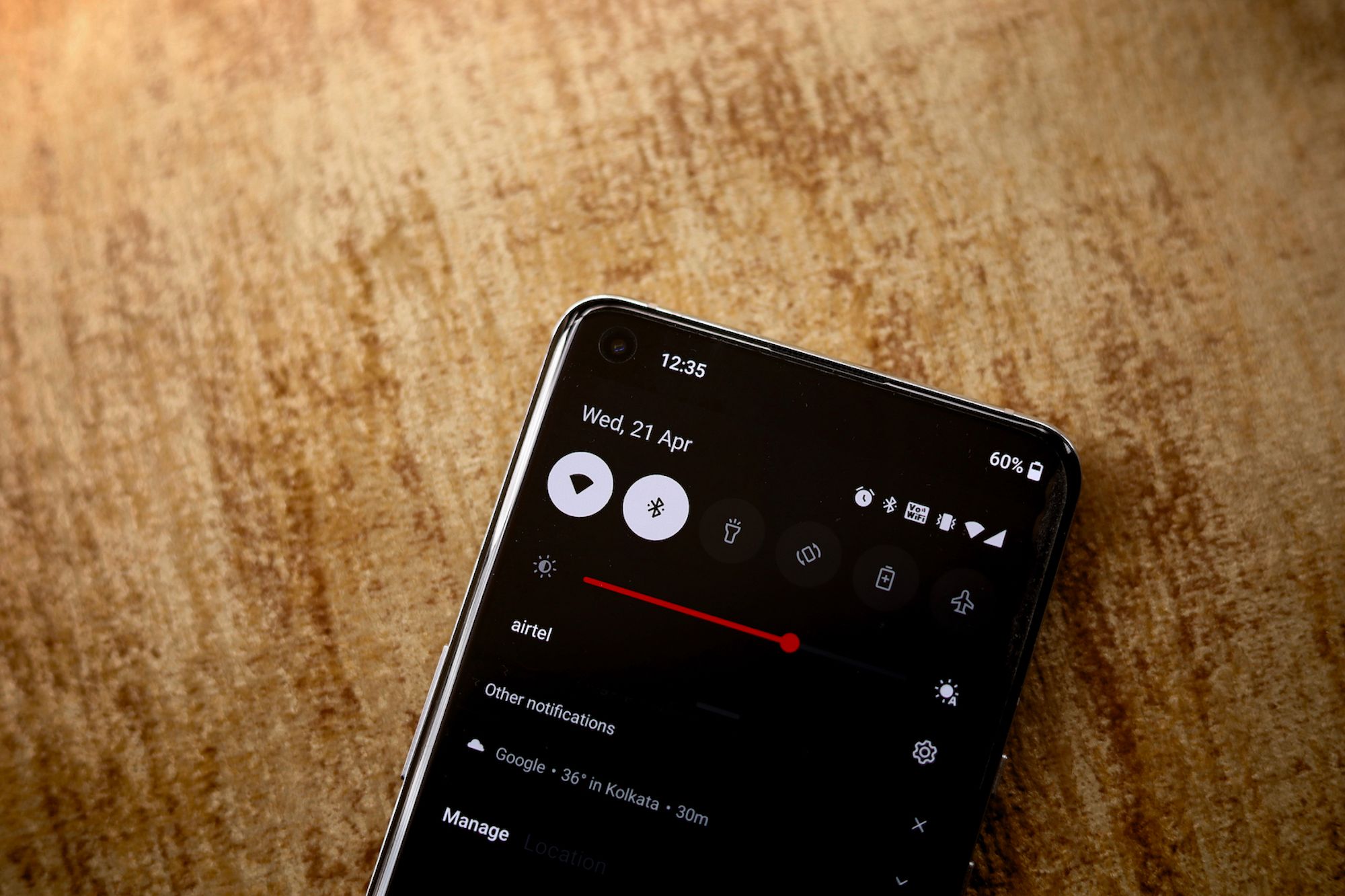
There's a lot to like about the OnePlus 9 Pro, including its excellent display, performance, and fast charging speeds. However, for a device with a $1,000 price tag and one that claims to take on the iPhone 12 Pro and Galaxy S21 Ultra, the OnePlus 9 Pro falls a bit flat in some key departments.
The selfie camera should have been much better, the camera app experience should be stutter-free, and OnePlus should have taken care of most of the bugs in the system. The cameras can take some great photos, but OnePlus needs to further fine-tune its image and color processing.
When you spend nearly $1,000 on a smartphone, you expect a flagship experience. This is where the OnePlus 9 Pro tends to fail. Most of the issues can be rectified via future software updates, but we can only recommend a phone based on its current state and not what it might do in the future.
source https://www.makeuseof.com/oneplus-9-pro-review/
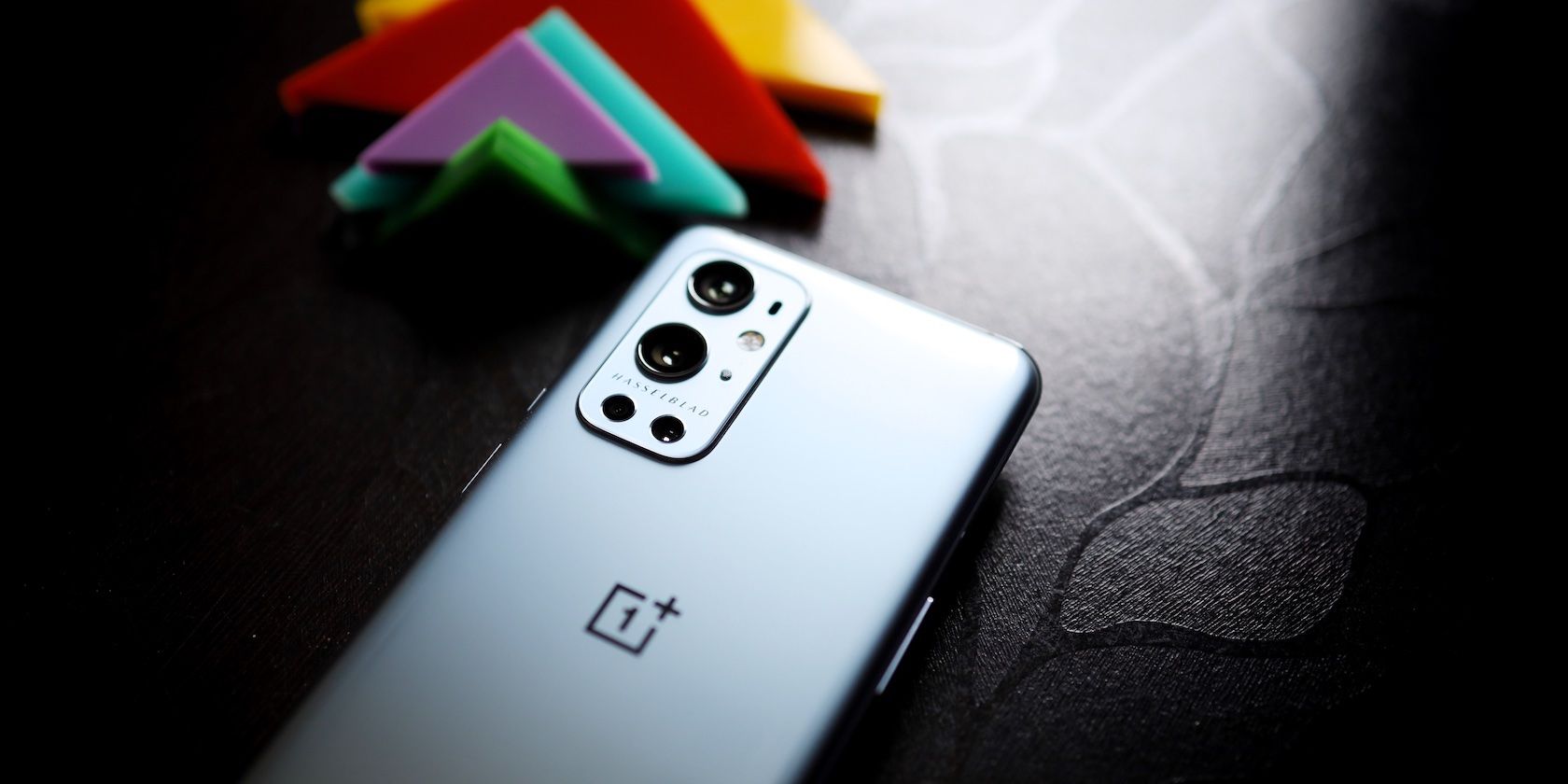
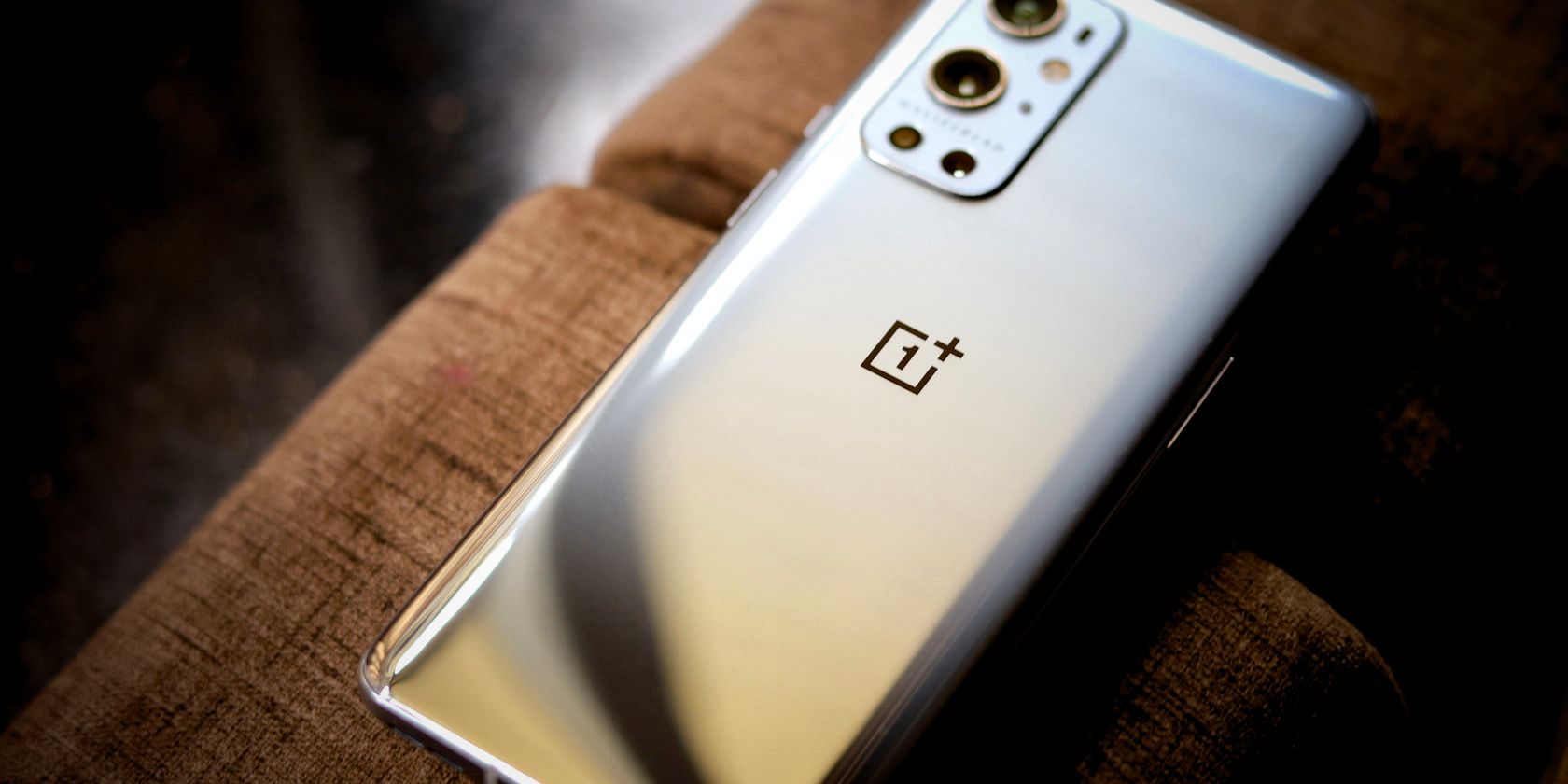
Post a Comment for "OnePlus 9 Pro Review: Is It a Galaxy Killer?"
Comment when there are difficulties